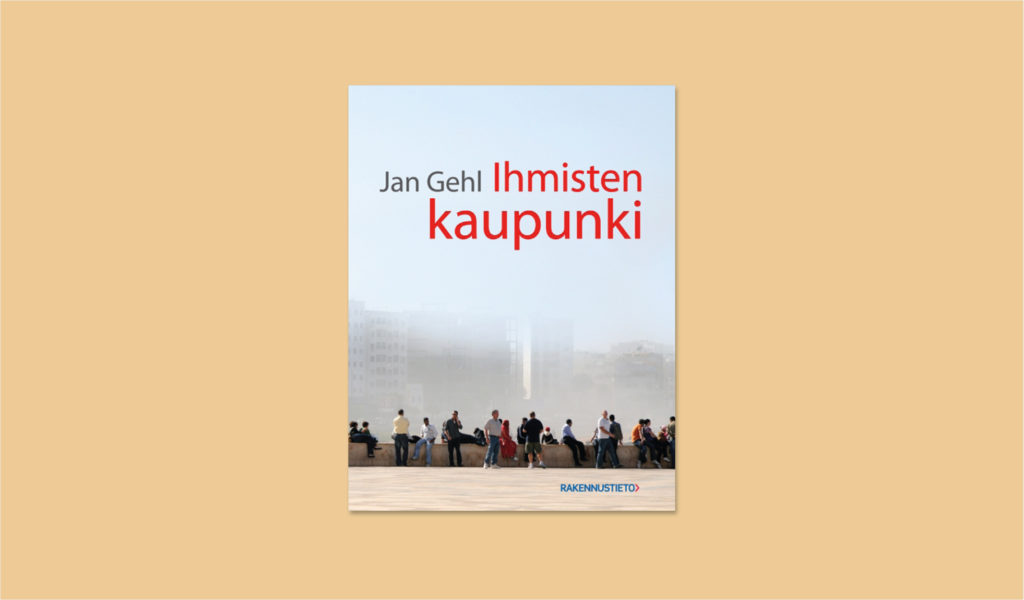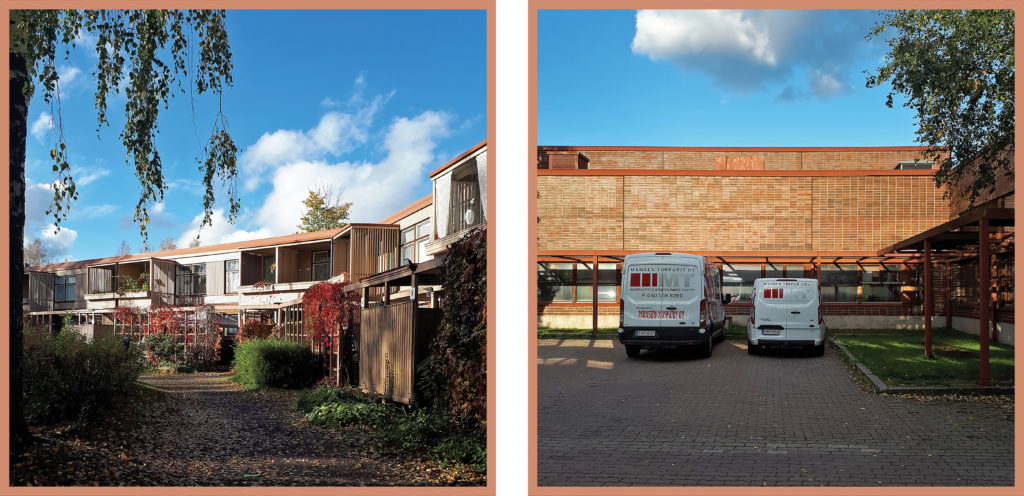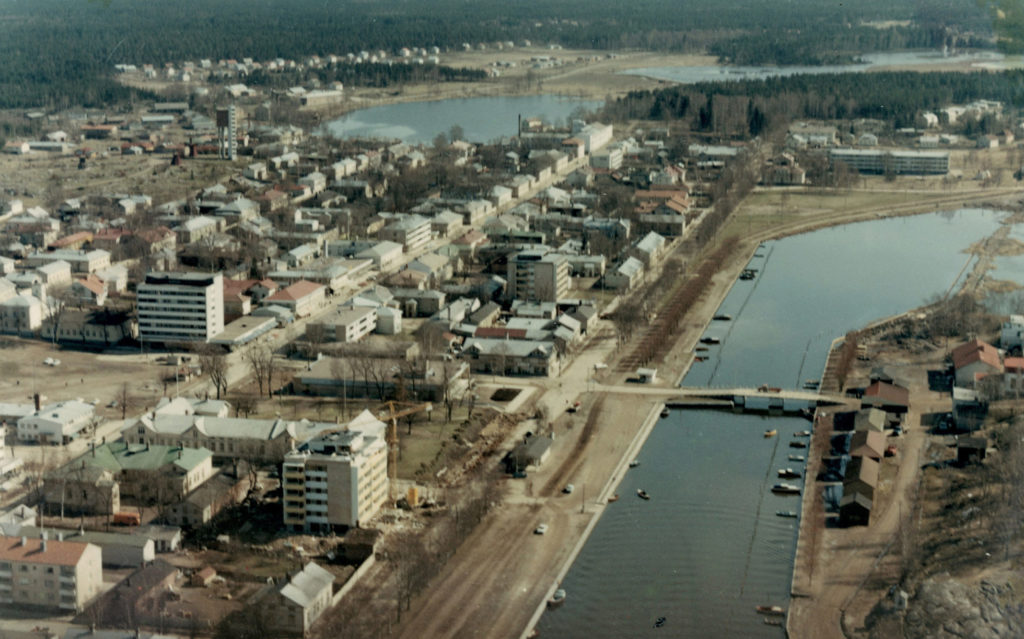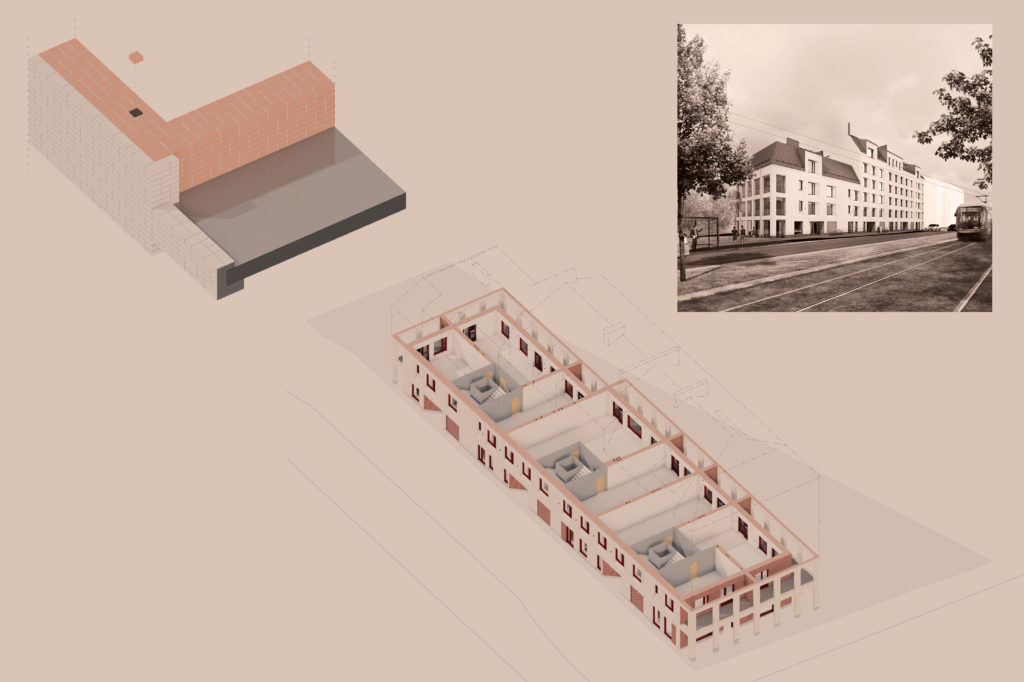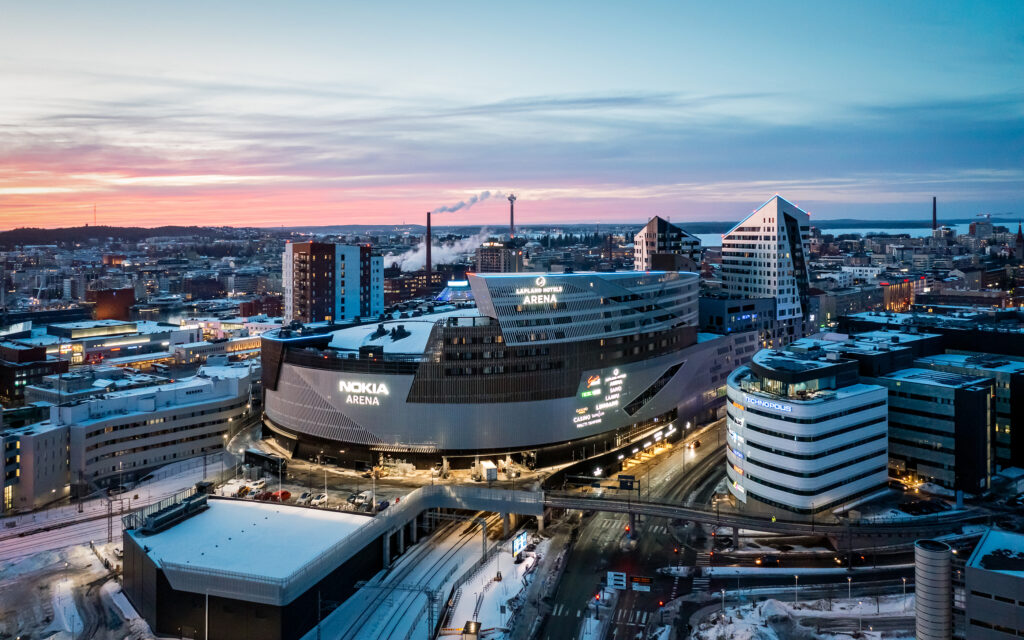Cities for People – With People

The city is a good environment for people, however not just any kind of city. For centuries, cities formed organically around the everyday life of people, until in the late 19th century, when industrial functions deemed unhealthy were separated from all other functions. As the motorisation progressed in the 1900s, all functions were eventually separated. However, the big picture was forgotten, and with it, basic human needs.
Danish architect and urban designer Jan Gehl notes that we know a great deal about blue whales and mountain gorillas. However, the species homo sapiens seems not to engage as much. We have tracking information on flying squirrels and rattle grasshoppers, but what do we know about dogwalkers or citizens on walkers?
The physical environment is literally the foundation of well-being. A functional, pleasant and safe urban environment supports everyday life, encourages activity and connections to others. We have sufficient information on what constitutes a good environment. Nevertheless, we continue to inflict more damage. We know that driving destroys the groundwater, the air, the climate, and that it endangers our health. Regardless, we build more city for cars.
Who would venture to refuse to implement yet another car-oriented plan or to build a highway where there should really be a street?
Even if we would change the habit right away and start to design the city holistically, people first, the cities have a reserve of outdated schemes and street plans to suffice for years. Who would venture to refuse to implement yet another car-oriented plan or to build a highway where there should really be a street? Who would be brave enough to take a time-out and to redraw these no-good plans? Would we succeed, if enough people from enough cities would join forces to do so together?
Alone, none of us can grapple the whole, as each one of us is restricted by our own subjective perspective. The clausal consequences are only visible through collaboration. Cities for people are done in collaboration with the people: planners, experts, politicians and the everyday citizens, each learning from the perspectives of others. Only together can we start building a more varied and multidisciplinary basis for planning and design, and achieve positive change. ↙
Johanna Palomäki (architect SAFA) works as the Planning Manager of the City of Espoo. She is interested in collaborative planning and would like to know which urban factors contribute to sustainable mobility patterns, child-friendliness and well-being.
